Understanding Magnetic Fields and Forces: The Complete Guide
Introduction
Magnetic fields and forces are fundamental concepts in physics, influencing everything from everyday objects to advanced technological devices. Whether it’s the magnetic pull of a refrigerator magnet or the Earth’s magnetic field protecting us from cosmic radiation, these phenomena are essential to understanding how the physical world operates. This guide explores the origins of magnetic fields, their behavior, and the forces they exert, providing a comprehensive and SEO-optimized resource for students and enthusiasts alike.
What Makes Something a Magnet? 🧲
Most objects around us are not magnetic. Why? Because being a magnet requires specific micro and macroscopic features. Here’s what makes an object magnetic:
Moving Charges Create Magnetic Fields:
Since the 1920s, scientists have known that a moving charged particle generates a magnetic field.
In atoms, electrons are primarily responsible for creating magnetic fields. When an element has half-filled energy levels, its electrons can align to produce natural magnets.
Magnetic Domains:
Collections of aligned magnetic domains form a larger magnetic field.
When an external magnetic field is applied, individual domains align, magnetizing the material. For example, a magnet can magnetize a paperclip by forcing its domains into alignment.
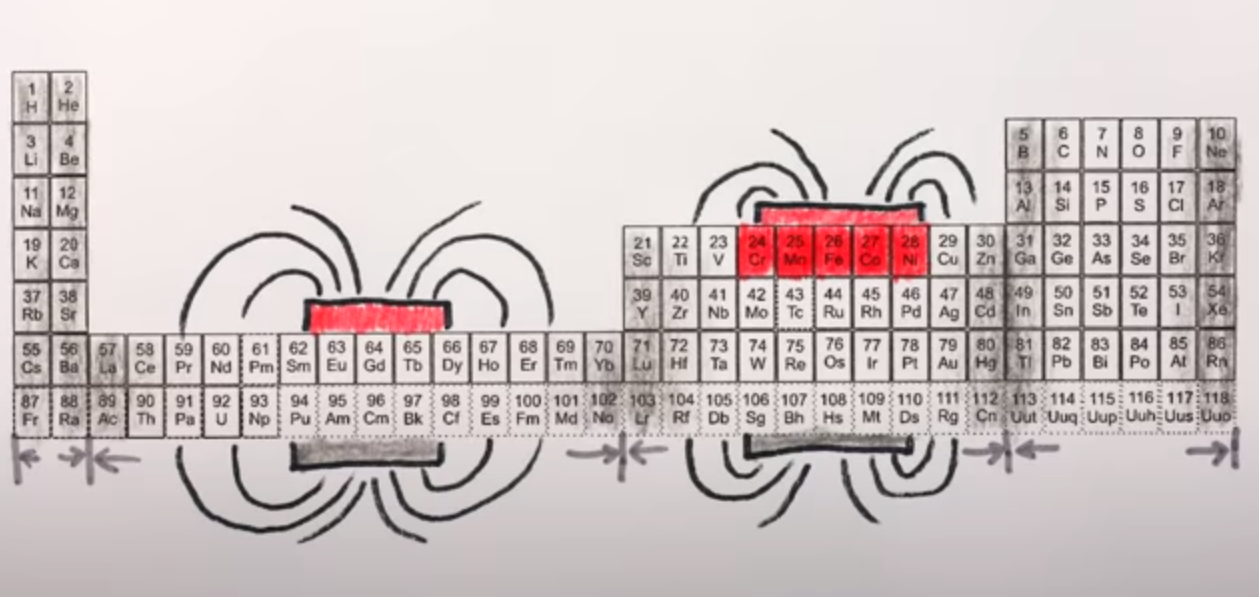
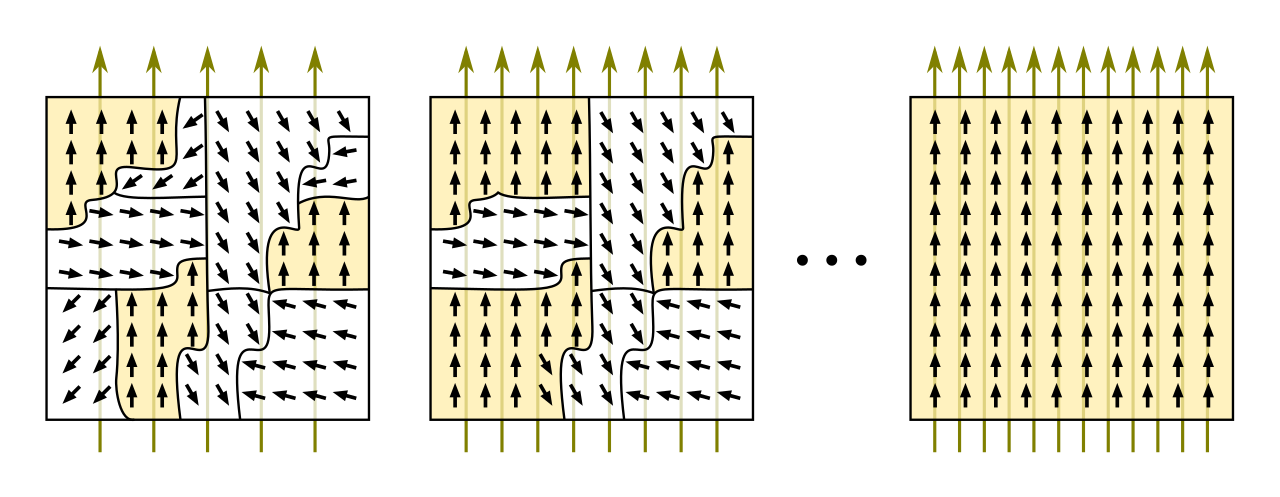
What Does a Magnetic Field Look Like?
Magnetic fields are invisible but can be visualized using tools like iron filings or a compass. Field lines represent the direction and strength of a magnetic field:
Field Lines:
Field lines point from the north pole to the south pole of a magnet.
The density of the lines indicates the field strength; closer lines mean a stronger field.
Likes Repel, Opposites Attract:
North poles repel other north poles but attract south poles, and vice versa.
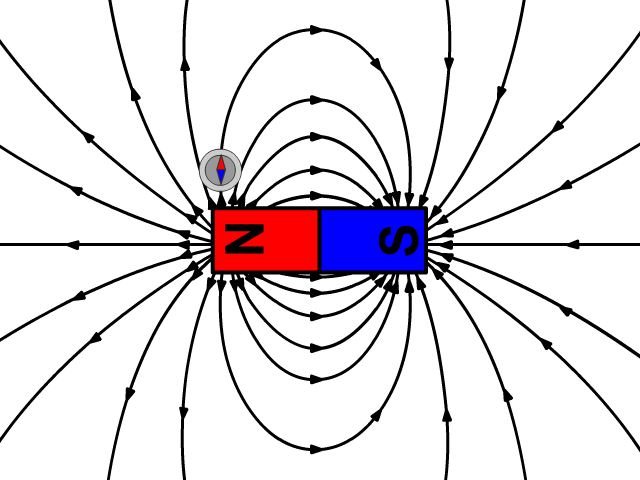
Key Characteristics of Magnetic Dipoles
A magnetic dipole has two poles (north and south) and behaves like a tiny magnet.
Dipoles can form by:
Separating the north and south poles of a magnet.
Placing a current-carrying wire in a magnetic field, creating a dipole moment.
Earth’s Magnetic Field and Auroras
The Earth’s magnetic field, a giant dipole, shields us from cosmic radiation. Charged particles from the solar wind spiral along magnetic field lines and collect around the poles, creating stunning auroras.
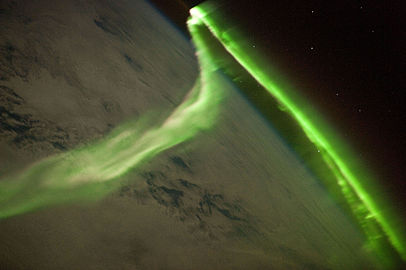
Magnetic Force on Moving Charged Particles 🖐️
A charged particle moving through a magnetic field experiences a magnetic force. This force can cause the particle to curve, depending on its velocity and the magnetic field’s orientation.
Formula for Magnetic Force
The magnitude of the force is given by:
Where:
= charge of the particle
= velocity of the particle
= magnetic field strength
= angle between the velocity and the field
Conditions for a Magnetic Force
The object must be charged ().
The particle must be moving ().
There must be a magnetic field ().
The particle’s motion must have a perpendicular component to the field.
Using the Right-Hand Rule (RHR)
To determine the direction of the magnetic force:
Point your thumb in the direction of the particle’s motion.
Point your fingers in the direction of the magnetic field.
Your palm will face the direction of the force (for positive charges). For negative charges, the force direction is opposite.
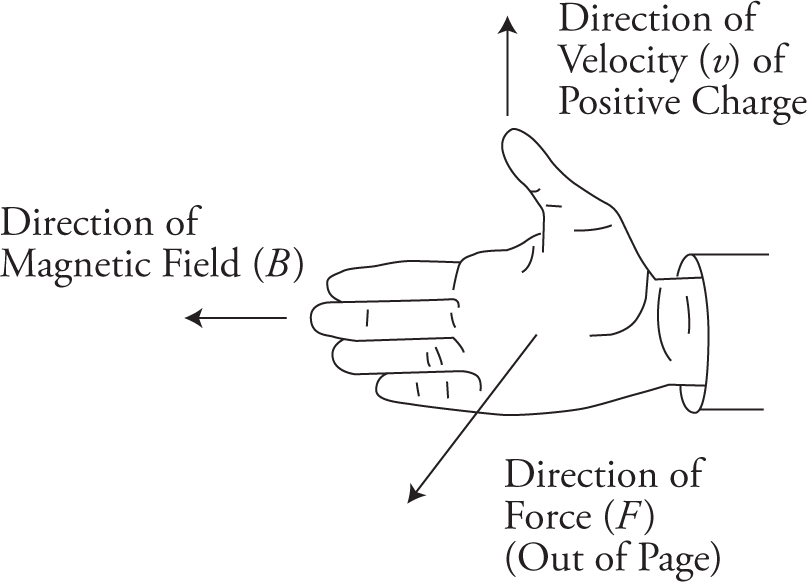
Magnetic Force on Current-Carrying Wires 🧭
When a current flows through a wire, it generates a magnetic field. The force on the wire in a magnetic field depends on the current and the magnetic field’s strength.
Right-Hand Curl Rule (RHCR)
To determine the direction of the magnetic field around a current-carrying wire:
Point your thumb in the direction of the current.
Curl your fingers around the wire.
Your fingers point in the direction of the magnetic field lines.
Formula for Magnetic Field Around a Wire
The magnetic field strength around a long, straight wire is given by:
Where:
= permeability of free space
= current through the wire
= distance from the wire
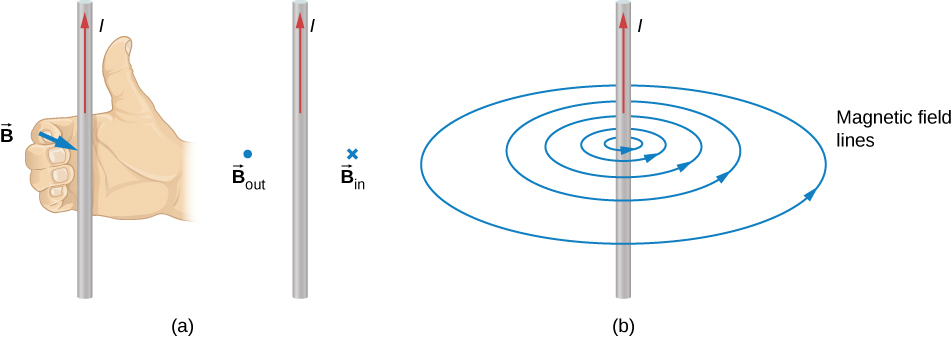
Visualizing Magnetic Fields
Field Around Magnets:
Field lines form closed loops, exiting the north pole and entering the south pole.
Use iron filings or a magnetic field viewer to visualize the field.
Field Around Current-Carrying Wires:
Circular field lines radiate outward, with direction determined by the RHCR.
Field Strength:
Field strength is stronger where lines are closer together and weaker where lines are spread out.
Practice Scenarios
Example 1: Charged Particle in a Magnetic Field
A negatively charged particle enters a magnetic field directed into the page. Using the RHR:
The particle’s force direction is opposite to a positive charge.
The particle curves downward due to the perpendicular magnetic force.
Example 2: Current-Carrying Wire in a Magnetic Field
A wire carrying current generates a circular magnetic field. Using RHCR:
For current flowing upward, the field circles counterclockwise when viewed from above.
Applications of Magnetic Fields and Forces
Technological Devices:
Electromagnets in motors and generators.
Magnetic storage devices, such as hard drives.
Earth’s Protection:
The magnetic field shields us from harmful solar winds.
Scientific Research:
Particle accelerators use magnetic forces to guide charged particles.
Everyday Use:
Magnetic locks, speakers, and compasses.
Conclusion
Magnetic fields and forces are essential to both natural and technological phenomena. By understanding the behavior of magnetic dipoles, the rules governing magnetic forces, and their practical applications, we can appreciate their significance in our daily lives. For more insights into physics concepts, visit slyacademy.com







